Listen to "Great Depression New Deal Module Four - Impact of Great Depression on People" on Spreaker. *******
These links below will help you with translating tools between English and Spanish.
(1) Audio of a words in both English and Spanish. Will also translate phrases; (2) Google Search - Espana; (3) Also Google Arabic is available; (4) Google Translate; ******************************
.
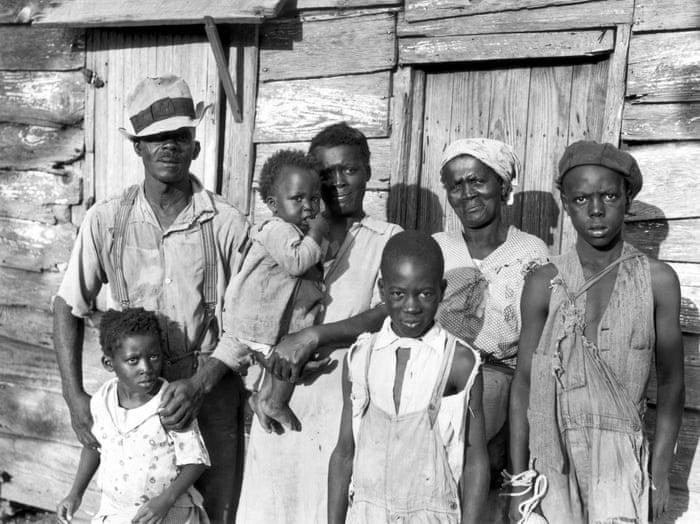
Impact of the Great Depression
This family (do you see three generations?)was living in a shack.
What was it made out of?
Why were they there?
What questions would you have asked them?
Impact of Great Depression - Introduction
Something was said that had an impact on these people. It was different for each one, but it impacted each one.
After the Great Crash people were poor, poor, poor. Many were so poor they would go around begging for some help. Any help. When you ask someone if you can spare something, you are asking them to give it to you. For FREE.
This is a video of a song and images of the time. The song is 'Brother, Can You Spare a Dime?"
Think.
Why was the guy asking people if they could spare a dime???
Folks were down, way down, as in how much money that had. Also in how they felt in their mood, you know, depressed. People made music about the times to help people get their feelings out. There was an African American man named “Barbecue Bob.”
Barbecue Bob
He was a very famous blues (type of music about sad things) guitar player from Georgia. One of his songs that shows what people were experiencing and feeling was called…
“We Sure Got Hard Times Now”
Impact #1 - Banks Failed
When a bank or business fails that means it goes out of business. It is no longer operating. No longer making money.
These people wanted to get into this bank, but it was closed. Out of business. What do YOU think the sign may have said, besides "Closed?"
Banks lost a lot of the money belonging to their customers when the Stock Market crashed. The money that had been loaned out to people to buy stocks on the Stock Market was just gone.
When people first heard that this was happening to their bank they would RUSH (hurry) over to it. They called this a BANK RUN, as people were rushing to the bank to get the money that belonged to them before it was gone.
Run on the bank. This bank was closed. what did it sound like when this picture as taken? Can you imagine a conversation between some of the people in this picture?
Bank Run - Movie Version
This shows what a Bank Run might have looked like.
How do the people react to the sound of sirens?
Unfortunately, in too many cases, there was no money left for them to get. This made MANY banks close their doors and go out of business.
How does that match what happened during The Great Depression?
In 6 years (1929-1934) 9,815 banks closed in The United States (that is 40% of ALL banks that existed in 1929). Along with them they took over 9,000,000 savings accounts, and AAAALLLLL of the money in them.
Think of it, you were a hard working farmer (like the people below), or factory worker, and had been saving up to get a new washing machine to make the work around the house easier. No longer would you have to wash all the clothes by hand. Now, all that money you were saving was gone, and it was not even your fault. You see, you could lose money even if you had not invested money in the Stock Market. How do you now feel?
How would YOU feel if you were this hard working farm family and all of the money you had saved in the bank was GONE because OTHER people were greedy and messed up???
Impact #2 - Businesses Failed and Closed
Businesses had it bad during the Great Depression. Why??? Because most people had no money to buy anything!!!
If a company cannot sell the products they make, they cannot pay for their raw materials (needed to make their products), their cost of getting those raw materials to the factory and the finished products to the stores, their fuel in the factory costs, and most importantly their workers.
These are all of the raw materials needed to make steel. See how a steel factory must be able to pay for many things in order to make steel?
If you cannot pay for these things, you will go out of business. Between 1929 and 1932 85,000 businesses closed down. That is an average of 21,250 EACH year. Think of how many people no longer had jobs so they could earn money and go out and buy things.
Impact #3 - Workers Lost Jobs
Unemployment During The Great Depression
All of the people working for those companies that went out of business lost their jobs. Many other people working for companies that DID NOT go out of business STILL lost their jobs because there was not as much buying and selling going on. After they lost their jobs they could no longer afford to pay their bills.
They had no money:
* No money for food
* No money to pay to stay in their house.
(When you go to this image think about why all of her stuff is outside on the sidewalk.)
Everyone did not lose their jobs all at once. The problems and pain connected with lost jobs spread over a long period of years. At the start of 1929 unemployment was only at about 4%. That means 4% of the people who wanted to work could not (Example: If 100 people wanted to work, then 4 would NOT be able to find jobs).
After the Great Stock Market Crash in October of 1929 unemployment started climbing (going up) as more and more companies closed down.
This graph shows unemployment started climbing in 1929, got to the worst in 1933, went down until 1937, went up a bit, and then dropped again in 1939.
Unemployment got to the highest level in 1933 at 25% ( Example: If 100 people wanted to work, then 25 would NOT be able to find jobs). This means one-fourth of all people were out of work at this time.
People would stand in long lines trying to get any work they could. Sometimes they would even push and shove to try to get a job. Why do you think they acted like that?
Sometimes these lines would even be segregated, as in only one race.

See how there were mostly African Americans in this line?
Why was that?
Some men and boys would travel around the country by hopping on trains, illegally, to look for work. They were called Hobos (el vagabundo).
Hobos hopping on train
Communities would put up signs telling these jobless men (Hobos) to keep going, as their town had enough unemployed of their own to help.
Often these people, mostly men and boys, moving around would leave small signs telling other hobos coded messages about what that place was like.
Unemployment started to slowly improve (get better), getting to about 14% in 1937, but then shot back up to about 19% in 1938. Things were slowly getting better, but the chance to get a job was still not good. All of this unemployment added to the suffering people were experiencing.
***
Impact #4 - Large Numbers Of People Were Hungry and Homeless
We have all been hungry at times, but the type of hunger many people experienced during this time was much greater. They were hungry because they often could not get food.
These people are hungry and living in a tent.
Do you "see" hunger on their faces?
They could not get food because they had no money. They had no money because they had no job. They had no job because their factory had gone out of business. You see, there were connections between what happened and what it caused.
SOUP KITCHENS
and BREAD LINES
Hungry people could come and get food for free. Sometimes even children would be sent to get the free food
What do you think they will get in their buckets?
Look at the faces of the men in this Soup Kitchen video.
What were they thinking?
One unfortunate thing was that even in giving out free food there was segregation by race.

Why do you think this lines had ONLY African Americans in it?
(Remember Jim Crow segregation?)
What About Hunger Today???
This is a bread line from today. What do you notice?
How is it similar to The Great Depression time???
What should we all do when we can?
Click on THIS link. It tells a story from today. Listen to it. Then think...How can YOU learn today so you can help kids in the future that will have these same problems?
Homeless
People also ended up homeless, and living on the streets because they had no money to pay for their places to live.
Homeless men sleeping on the street
When they could no longer pay their rent, they would be evicted (put out of the house they had been living in).
Why is their furniture on the sidewalk in the rain?
They had money at one time. What happened?
They had money at one time. What happened?
Often the only choice they had was to find what scraps they could and build little shacks in which they could live.
Sometimes they would join with other homeless folks and build up neighborhoods of little shacks called Hoovervilles.
See how they even, kind of, have streets?
They did this because they had no place else to go. No matter the weather, they lived there.
Central Park - New York City
Winter time
The reason they called them “HOOVERVILLES” was Hoover was the name of the U.S. President at the time, and many felt he was not doing enough to make things get better.
Click on the video below to see more
Remember what you learned about farmers in the last lesson??? ----> In 1919 farmers made $21.4 BILLION. By 1929 this had dropped to $11.8 BILLION. That means they lost almost half of their income (the amount they made).

Soon many farmers lost their land when they could not make enough money to pay their bills.
WELL ... There was more!!!
Something else that was not a part of The Great Depression, but happened during it, was The Dust Bowl.
The Dust Bowl was not a direct impact of The Great Depression. It WAS connected to one of the things that created the Great Depression - Over-Production by farmers. Here is the story:
Dust Bowl??? What was that???
Dust storm closing in on a town. Scary? Dangerous?
***
See and hear about Dust Storms before reading about them
At the same time farmers were trying to save their land from being taken from them by the banks they had other problems.
In some parts of the nation farmers had been using their land unwisely. They had been working it so hard that it started to dry up.

There had been (Causes):
- Long times of drought (not enough water)
- Long times of overgrazing (letting your cows eat [graze]the grass for so long the grass will not grow back)
- Long times of Plowing too much (Over-plowing)
At least 5 plows all working the same place??? Too Much???
Good for soil???
If the soil (dirt) was this dry, and the wind got really strong…
What would happen?
When drought (not much rain) hit, and great wind storms blew up, the dry dusty land blew away. There was no longer enough grass growing to hold the dirt together. This would be called a DUST STORM.
The dust pieces like this that had blowing through the air for miles had been ground into small tiny pieces. It could get in past closed windows and doors and cover everything
See what invaded, sometimes, after dust storms
This happened over such a large area of the country it was called the “Dust Bowl.”
The Dust Bowl area is in red, yellow, and brown.
How does the key on the map help you understand even more?
What land that was left would not grow crops because all the good dirt was gone with the wind. Then when the DUST STORM stopped and dropped the dust, it would bury other farm land.
What happened to the farm in the place where the wind stopped , and dropped all that dust? Notice how 1/2 of the building is covered, and only about 1 foot of a 4 foot fence post is above the dust level.
This would mean that the crops of other farmers would be destroyed When the crops were destroyed, the farmers would make NO money. They also would not be able to pay their bank loans, and the bank would take (foreclose) their farm. This was very sad, and people wrote music as a way to deal with the frustration:
The Talking Dust Bowl Blues - Woody Guthrie - 1940
Farmers who lost their land in this may might decide to try to find work farming in other parts of the country. To do this they would have to move from place to place. They came to be called migrants.
These people have all their things loaded on the back of their truck and a wagon, and are out on the road looking for food
Migrant farmers from the Dust Bowl in Oklahoma were called Okies Those from Arkansas, where the Dust Bowl was even worse were called Arkies.
Okies (people moving from Oklahoma) in their car heading to California to get work. On the way they stopped in Arizona to pick cotton to make money so they could keep going
This will show you the story of migrants during the Great Depression

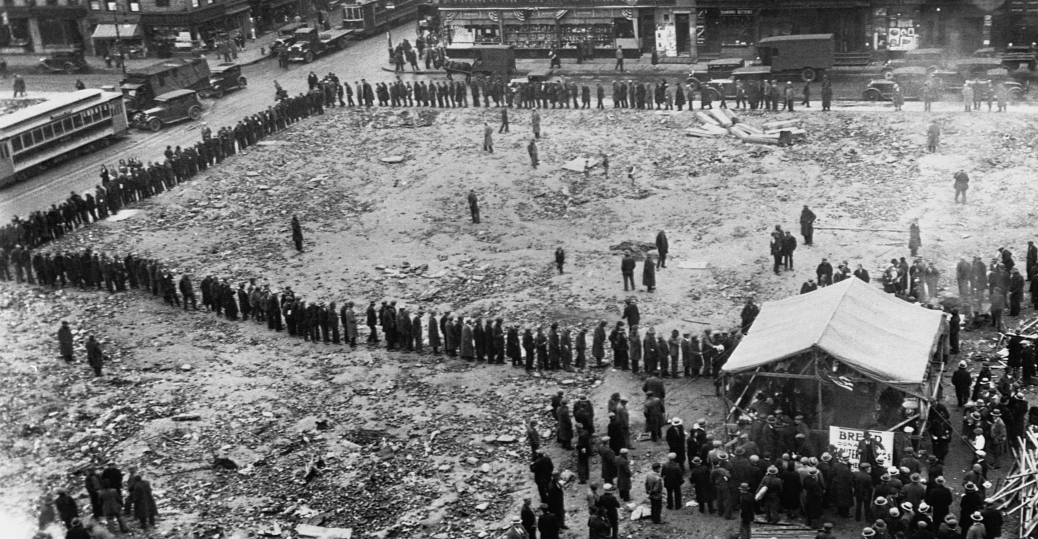
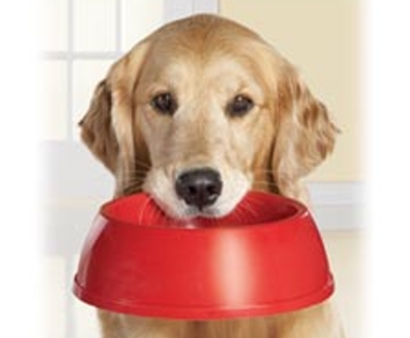




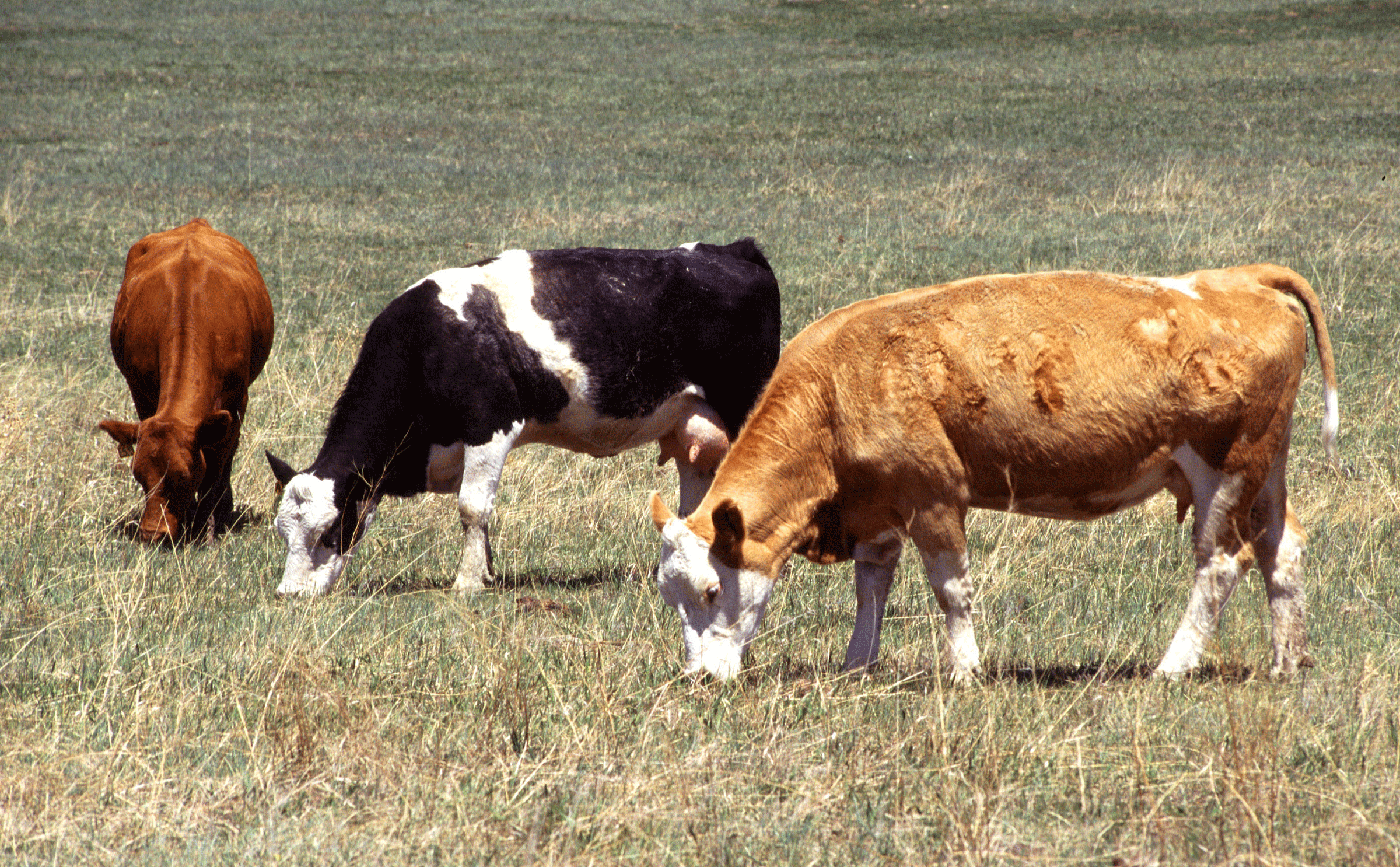

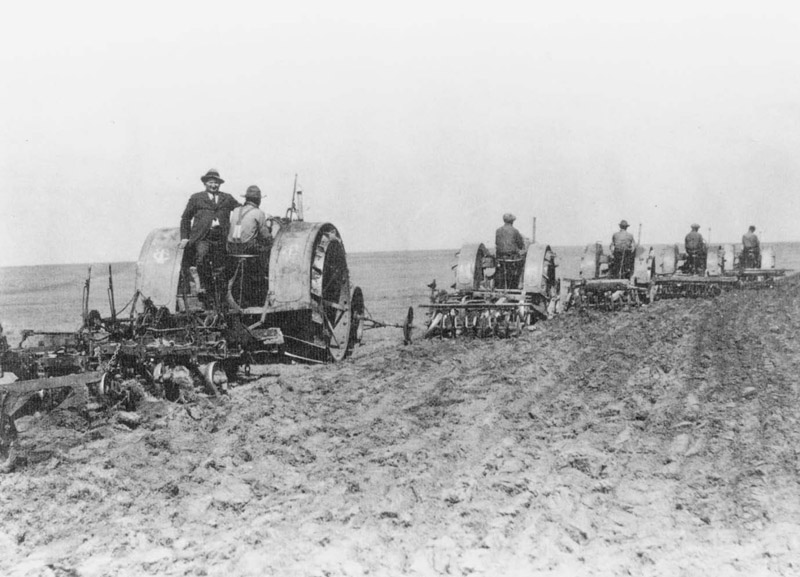



Thank you, Dr. Stevens
ReplyDeleteThank You, Dr. Stevens
ReplyDeleteThank You, Dr. Stevens
ReplyDeleteThank You, Dr. Stevens
ReplyDelete